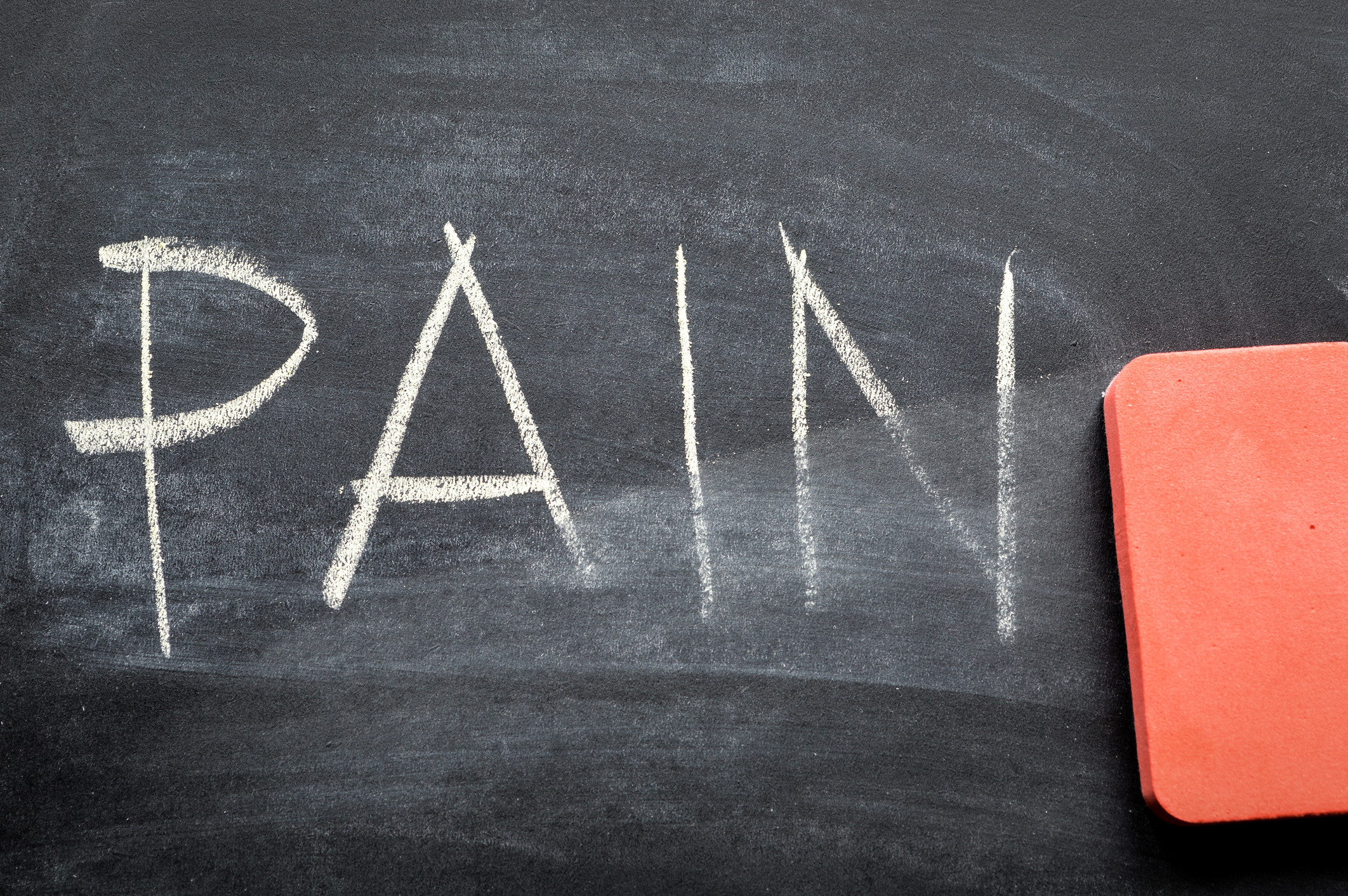Harvard Health Blog
Lessons from a chronic pain management program

Last week I was sitting in my bed around midnight, writing a letter to commemorate the conclusion of my participation in an intensive extended-length physical rehabilitation program at Spaulding Rehabilitation Network tailored specifically for people in the greater Boston area with chronic pain. I had first read about the program in an article in the Boston Globe, and was immediately interested in trying it out. I had tried shorter rounds of physical therapy (once-a-week sessions at only 30 minutes each) several times in the previous year with no improvement. In fact, much of the time I felt worse afterwards. As such, I wanted to engage in a more thorough program that would not just prescribe blanket regimens, but would consider my individual needs according to my particular diagnoses. Additionally, I wanted to better understand the biology and neuroscience behind pain so that I could manage it better, or at least make peace with it.
After attending several exams and assessments in order to gain entrance to the program, I had to wait five months until my name came up on the waiting list. Once admitted, I went every Monday and Wednesday for the entire day. It was like a kind of summer camp for adult “spoonies.” Each day would start out with strengthening, stretching, and cardio exercises, followed by group classes where we discussed our goals for improvement and many other related themes. We also had tai chi and yoga, interspersed with individual appointments with a personally-assigned physical therapist, occupational therapist, and psychotherapist.
As I sat there the other night writing my letter, I held my pen differently than I had just a month (and before that, many years) prior: pinched between the bent knuckles of my forefinger and middle finger, with my thumb holding it steady. I tried to put the force of my arm behind the movement of my pen. This is one of many tricks I learned in the program — the practice of proper body mechanics. In this case, it kept my wonky wrist (so prone to strains and sprains) steady. While my penmanship was a bit more sloppy as I adapted to this new method, the words were the same and my hand hurt much less afterwards than it would have otherwise.
At the program I also learned other useful body mechanic methods: learning to turn my body instead of twist it, to push instead of pull whenever possible, to keep my limbs and shoulders nearer to my body during household activities like laundry and sweeping, or exercises like swimming. I now kneel or squat instead of bending at the back to pick something up or to scoop my cats’ litter boxes. But body mechanics weren’t the only things I learned that I now integrate into my daily routine. We also incorporated mindfulness meditation techniques to tame the rising panic of a pain flare or other stresses that can amplify pain signals. We learned pain control modalities such as using ice and heat throughout the day, instead of just when something hurts us, in order to preempt the onset of pain. We had seminars about other important aspects of bodily health like sleep, sex, and nutrition. Our heads and shoulders and back were hooked up to gel pads and wires that monitored our muscle tension as we moved and talked, so we could get a real portrait of how certain positions, or even feelings, were impacting our bodies.
The program was not a miracle cure and makes no claim to being such. In fact, the team is very clear that the pain may never fully go away. In my case, my pain continues to ebb and flow in a way where it is hard to always track improvements. Overall, pain is still a daily experience for me. Some days I will feel like the program helped enormously; other times, I question whether it has worked much at all. However, it’s clear that I have picked up some very valuable tools for how to use my body that will likely prevent major declines. I’ve also learned to better forgive and love my body for what it is, to be more patient with its flaws and fallibility. For me, that is more precious than any other solution: the radical act of self-love.
About the Author

Laura Kiesel, Contributor
Disclaimer:
As a service to our readers, Harvard Health Publishing provides access to our library of archived content. Please note the date of last review or update on all articles.
No content on this site, regardless of date, should ever be used as a substitute for direct medical advice from your doctor or other qualified clinician.















